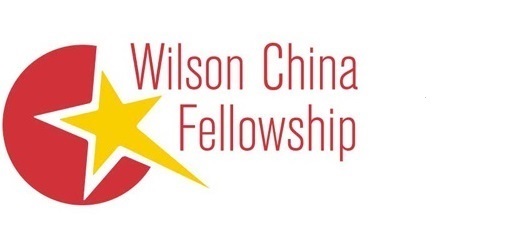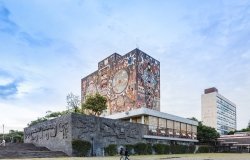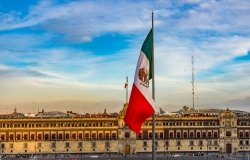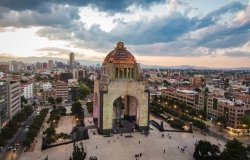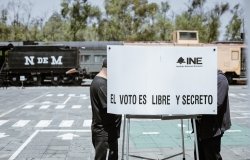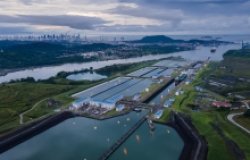Intertwined
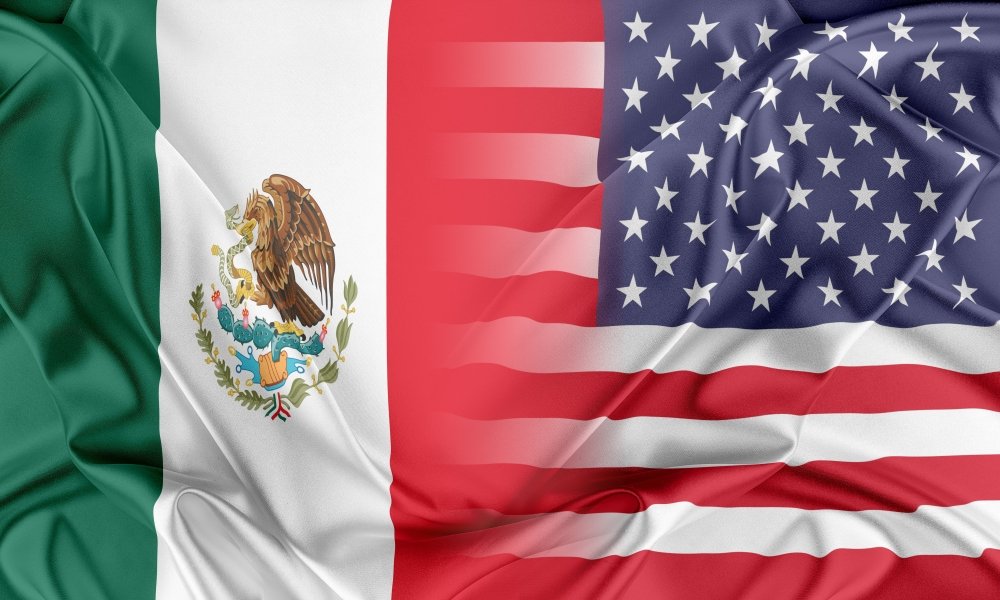
Shutterstock, Den Rozhnovsky
Intertwined.
There are few occasions when a non-native English speaker can use that word. As I pronounce it, I become aware of its complexity. That is exactly how the US-Mexico relationship is. In a few weeks, Mexico will hold the largest elections in the country's history. The presidency, nine governorships, Congress, and thousands, literally, of other local posts will be up for election. The United States will go through the same process a few months later and the intrinsically complex relationship might become even more so.
In Mexico, the current administration has completely changed Mexican institutions. The destruction has been steady. As we are now embedded in the moment, we might not be aware of the magnitude of the democratic decline. Mexico is not the exception; it is part of a populist wave that is hampering democracies around the world.
Even when economic data have been mediocre for the first five years of the sexenio, there are mixed signals and some particular indicators that make Mexico look better in the global scenario. During these five years, the annual average growth (as measured by GDP), has been 0.8% and if we consider expectations for 2024, that average might just reach 1.1%. Growth has been lackluster for the past 30 years, but this sexenio´s is the lowest yet. In per capita terms we have not reached the level we had five years ago (in Mexican pesos. In US dollars adjusted by PPP growth accumulated growth has been 0.8%).
Regional disparities persist, with some states taking advantage of the nearshoring momentum while others still depend on public expenditures. The best example is Tabasco, the president's home state. He decided, at the beginning of his term, to build a refinery. The project was opened briefly to a public tender, but the budget -which the president decided- made the process unviable. Pemex is building the Olmeca refinery at three times the cost that was estimated initially. Thus, there is no surprise in Tabasco´s growth. The state had been economically decreasing for at least the previous ten years and suddenly received an incredible influx of resources.
Trade is one of the key motors of the Mexican economy. The main indicators of trade recovered the same year that the pandemic hit. Others -consumption and investment- took two or three years to reach their 2019 levels and more to reach those of 2018. NAFTA, now USMCA, bettered the institutional framework -and the rule of law- and allowed for some regions to become industrial hubs.
The challenge with both elections, more so with the American one, is the continuity of this agreement's strength. From the Mexican side, nationalistic and autarchic trends might intensify. The incumbent party's candidate, Claudia Sheinbaum, mentions frequently phrases like food sovereignty and energy self-sufficiency. How much of the discourse is rhetoric directed only to the elections and how much is real? It is still to be seen. Nonetheless, Sheinbaum realizes that Mexico needs to swerve its current energy policy and rather quickly at that. She talks of renewables and clean energy and backs her agenda on her academic background.
The opposition candidate, Xóchitl Gálvez, an engineer, has a clearer discourse in this regard. One of the main proposals of her campaign is to convert Pemex to Emex (Energías de México) and, while keeping it public, manage it with a more firm-oriented approach.
Human capital and migration have not been really been present in the campaign process. They should be, though. The excess demand firms are facing can only be met with more and better-prepared people. Migration has provided some slight relief for the industrial hubs in the center and northern part of the country, but concerns remain. Migrants see Mexico just as a step in their pursuit of reaching the possibility of the American dream. Also, despite worrisome results in education, the conversation has moved to the private arena and firms are training their workers. They are aware that time is of the essence.
Security and, more generally, rule of law are the main topics of this election. Organized crime has taken control of an important part of the real economy, deciding the suppliers and creating the demand. A wide variety of industries are affected, from avocados and limes, to poultry and construction materials. What is the real cost of this? How many people have been displaced because they just can't deal with the extortion fees? How many killed? We don't know. Whoever wins the June 2nd election will face this ticking time bomb. I am not sure they will be able to deactivate it.
The relationship between the United States and Mexico is not only economic -though its relevance keeps growing- but also social. Trade, migration, security, rule of law might be just some issues that will become increasingly intertwined.
About the Author

Valeria Moy

Mexico Institute
The Mexico Institute seeks to improve understanding, communication, and cooperation between Mexico and the United States by promoting original research, encouraging public discussion, and proposing policy options for enhancing the bilateral relationship. A binational Advisory Board, chaired by Luis Téllez and Earl Anthony Wayne, oversees the work of the Mexico Institute. Read more
